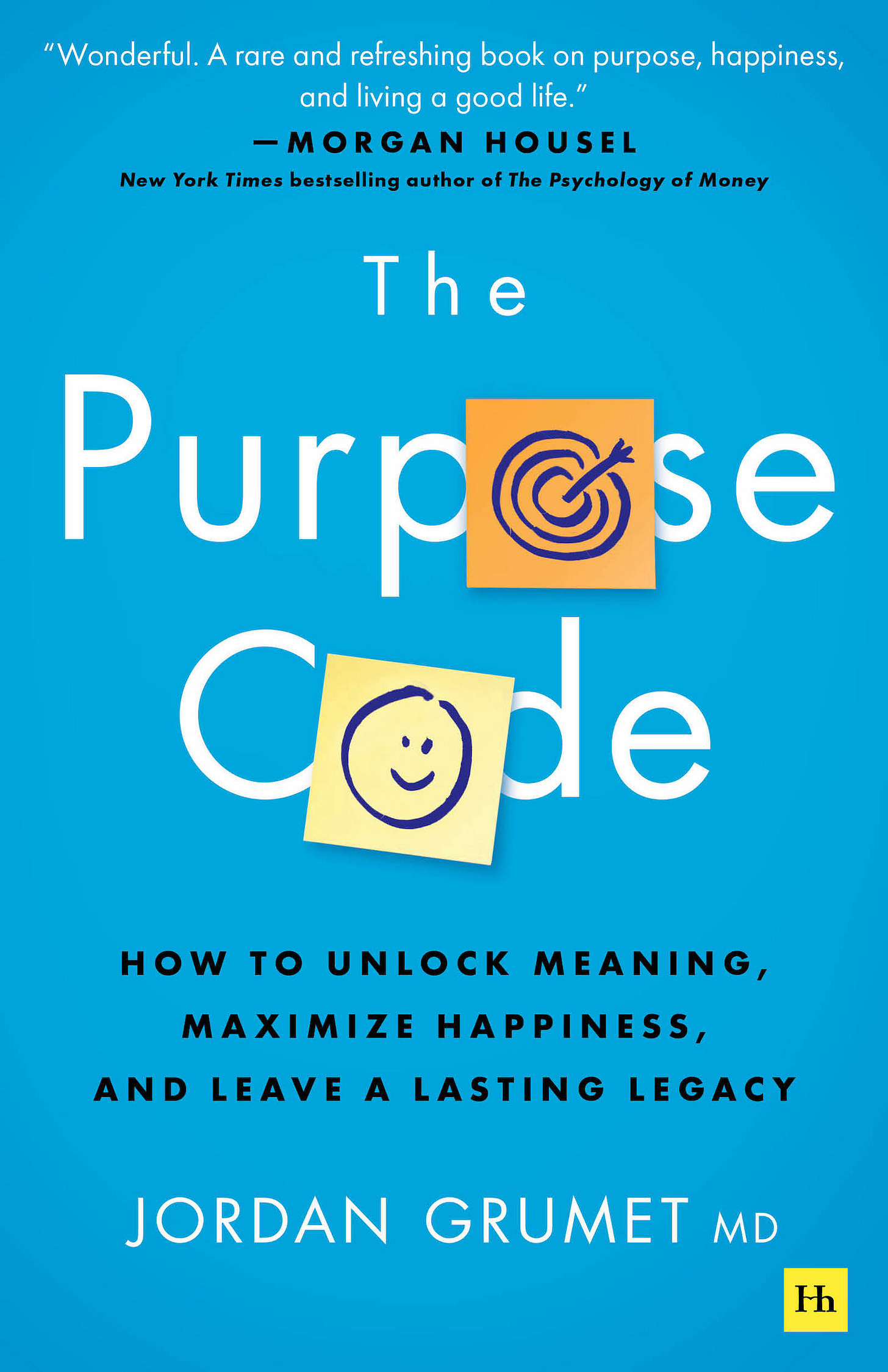Rethinking Maslow
A New Hierarchy of Happiness
Almost everyone is familiar with Maslow’s pyramid. At the base are our physiological needs—food, shelter, and safety. In the middle: love, belonging, and esteem. At the top sits self-actualization, the idea of reaching our fullest potential.
In the past, I’ve argued that this tidy structure doesn’t always reflect real life. In my hospice work, I’ve met people who achieved profound self-actualization despite struggling with basic economic or physical needs. They had purpose, fulfillment, and peace despite the cracks in their foundation.
So maybe it’s time to flatten the pyramid. Or at least rethink it.
More recently, I’ve started to imagine a different kind of hierarchy altogether: a happiness hierarchy. If Maslow’s pyramid is about needs, this one is about how we experience joy and meaning over the course of a lifetime.
A Three-Tiered Pyramid of Happiness
I see happiness in three broad levels, building from the most fleeting kind to the most enduring. Let’s walk through them, from bottom to top.
Level One: Happiness Through Spending
At the base is hedonic happiness: the joy of buying something new or spending money on ourselves. This is where dopamine hits quickly, but also fades fast.
You’ve probably heard of hedonic adaptation—the idea that after a purchase or indulgence, we return to our baseline level of happiness. That brand-new phone or fancy meal brings momentary pleasure, but it’s rarely transformative.
This version of happiness is what people like Ramit Sethi talk about when they encourage us to spend on what we truly love. And there’s nothing inherently wrong with this kind of joy…it just doesn’t last. It’s a sugar rush. Enjoyable, but fleeting.
Level Two: Happiness Through Experiences
The next level is experiential happiness. This involves spending not on things, but on moments. These are the bucket list items: dream vacations, big celebrations, life milestones. Experiences we hope will leave a lasting imprint.
This kind of happiness is a step up. It lingers a bit longer, often because of the memories we create. Think of the ethos behind Die With Zero: spend while you can, create meaningful experiences, live life to the fullest.
But even this kind of happiness fades. The vacation ends. The party’s over. And we return, again, to our baseline. Worse, we can’t experience everything, so we’re often left longing for what’s still out there, for what we’ll never get to.
Level Three: Happiness Through Becoming
At the top of the pyramid is what I believe to be the deepest, most enduring happiness: becoming who you want to be.
This kind of happiness doesn’t depend on possessions or even experiences. It’s about aligning your life with your values and identity. About embodying your purpose.
For me, this meant becoming a writer. That identity didn’t depend on publishing a book, hiring a coach, or hitting a bestseller list. Sure, those things help, and they can be exciting experiences. But real fulfillment came from the act of writing itself. Even if no one read my work. Even if I never reached external milestones. I became who I wanted to be—quietly, deliberately, and meaningfully.
That kind of happiness doesn’t fade. You don’t hedonically adapt to it, because it’s not about dopamine, it’s about integrity. It’s about becoming the person your deepest self wants to be.
The Power of Purpose
This top level is where happiness and purpose meet. Your little-p purpose is what lights you up. It’s the passion or interest that stirs something in you. Building your life around that is how you begin to become.
That doesn’t mean the path is easy. Becoming rarely is. But when we take actions that align with our internal compass, we create a kind of happiness that can weather setbacks, failures, and the ups and downs of daily life.
Success, as defined by the world, matters less. You could publish a book no one reads, or paint art no one buys. And still, you’ve become who you wanted to be.
Final Thoughts
Maslow’s hierarchy is still useful, but I believe it’s time we also embrace a happiness hierarchy that recognizes the layered nature of joy in our lives.
At the bottom is the dopamine hit of consumption. In the middle, the rich but fading glow of experiences. And at the top, the enduring fulfillment that comes from becoming the person you were always meant to be.
We spend so much time chasing happiness that we often miss the simplest truth: lasting joy comes not from what we buy or do,
but from who we become.
Did you catch this week’s episode of Earn & Invest (Click to listen)?




